Scientists Uncover Oceans’ of Water Miles Beneath Surface of Mars
Scientists have just discovered signs of an ancient ‘ocean’ of water 12 miles below the surface of Mars. This discovery could possibly harbor life on the planet during discussions of colonizing the Red Giant.
Seismic data from NASA’s Insight lander has indicated deep, porous rock filled with real liquid water. Experts predict that it could cover the entire planet at a depth of about a mile.
Can the Water Be Used?
One of the first questions the scientists asked when finding the water was whether it could potentially help life on Mars survive.

Source: @Holden_Culotta/X
Unfortunately, the underground reservoir is too deep to drill into with current technology. The initial hope was that the water could help Martian settlers grow crops.
Water Was Once Present on Mars
The depth and amount of liquid found underground are further proof that the planet was once present in all the water.
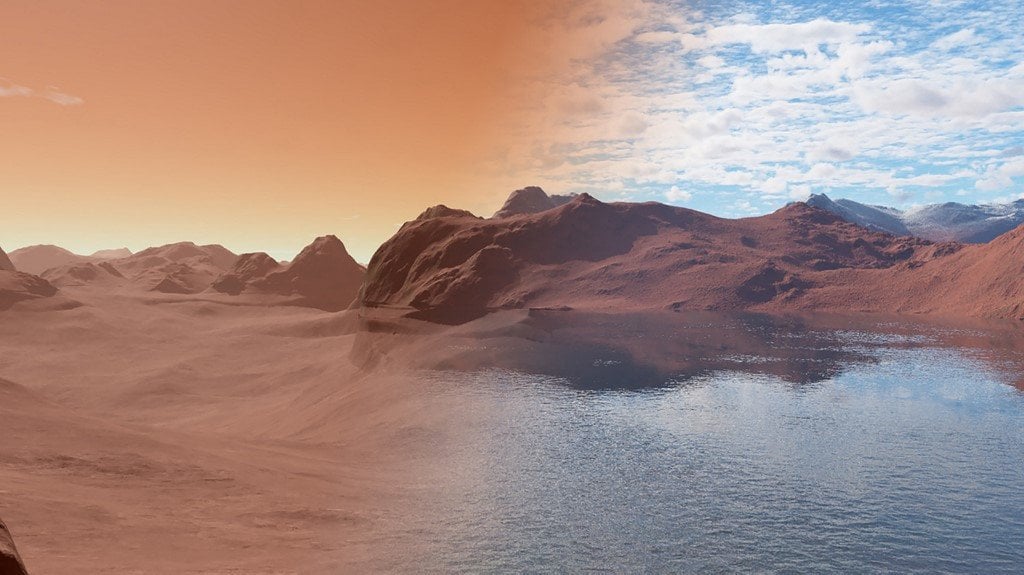
Source: @MarioNawfal/X
It is understood that the oceans of Mars disappeared more than three billion years ago.
The Water Is Held Deep Below the Planet's Crust
The water that has been discovered sits inside tiny cracks and pores within rocks in the middle of Mars’s crust, between 7 and 12.5 miles below the surface.

Source: Malik SHibly/Unsplash
Even drilling one mile down into the ground is a major challenge, even with the technology we currently use on Earth. Geophysicists that found the water say that they plan to look for more signs of water on Mars and look at other ways that the water could potentially be extracted.
Uncovering Geological History of the Planet
Dr. Vashan Wright, an assistant professor from the University of California San Diego who also works with the Scripps Institution of Oceanography, had some helpful words about the new finding.

Source: Wikimedia
He shared that, “Understanding the Martian water cycle is critical for understanding the evolution of the climate, surface and interior. A useful starting point is to identify where water is and how much is there.”
Studies Discovered the Water
The water wasn’t actually discovered by physical exploration. Instead, it was found through analysis of seismic data which led to the conclusion that there is a deep later of fractured igneous rock that was saturated with water.
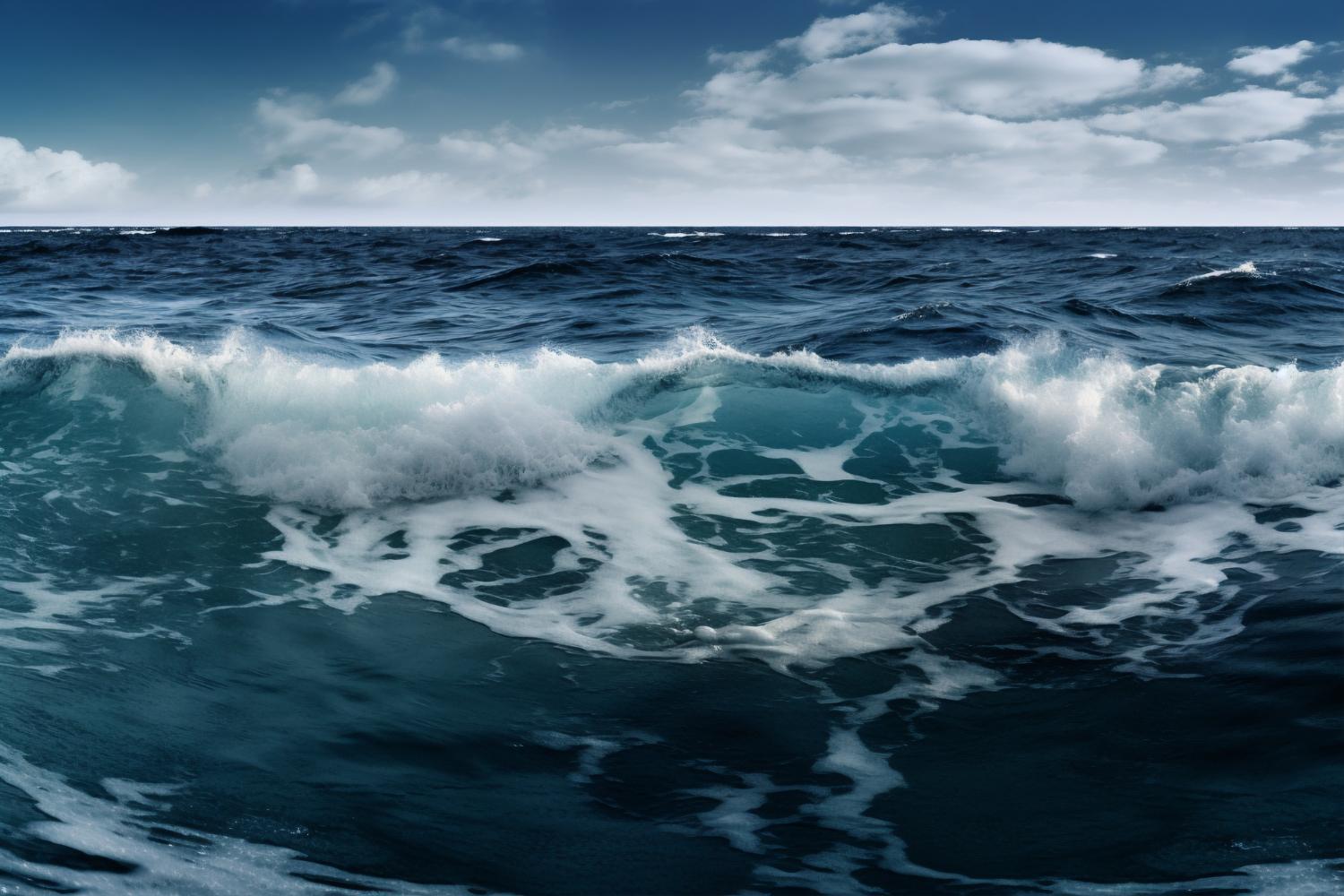
Source: Wikimedia
The co-author of the study, Professor Michael Manga at the University of California, Berkely, said, “Establishing that there is a big reservoir of liquid water provides some window into what the climate was like or could be like. And water is necessary for life as we know it. I don’t see why [the underground reservoir] is not a habitable environment.”
The Oceans Could Host Life
It is certainly true that on Earth, even the furthest corners of the planet and the blackest depths of the oceans can still host life.
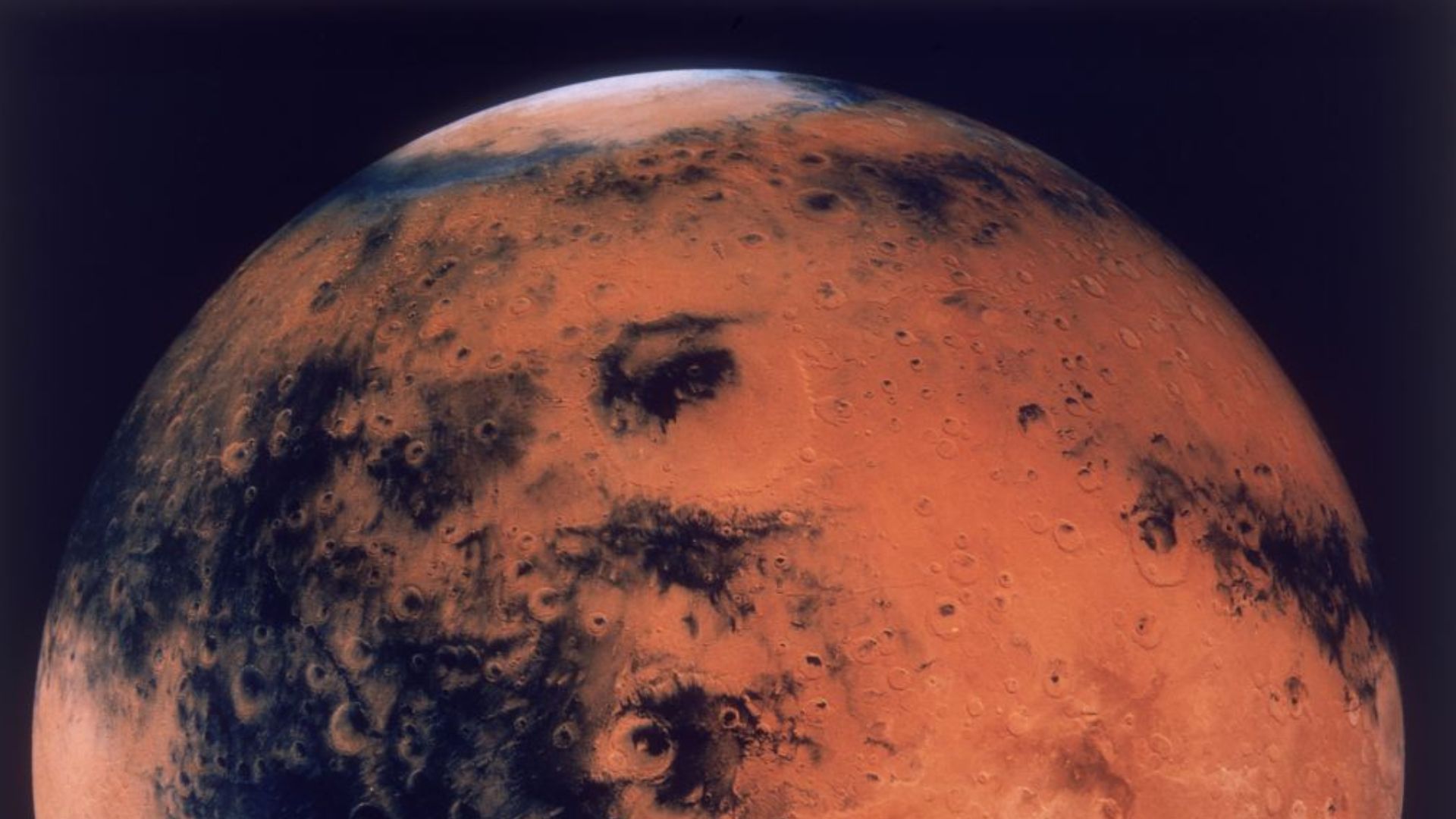
Source: Space Frontiers
It is therefore possibe, that the deep mines of water found on Mars could potentially host some form of life form. “We haven’t found any evidence for life on Mars, but at least we have identified a place that should, in principle, be able to sustain life.”
Evidence of Former Life on Mars
Professor Manga shared that there is plenty of evidence on the surface of Mars that shows the planet was once rich with river channels, deltas, lake deposits, and water-altered rock.
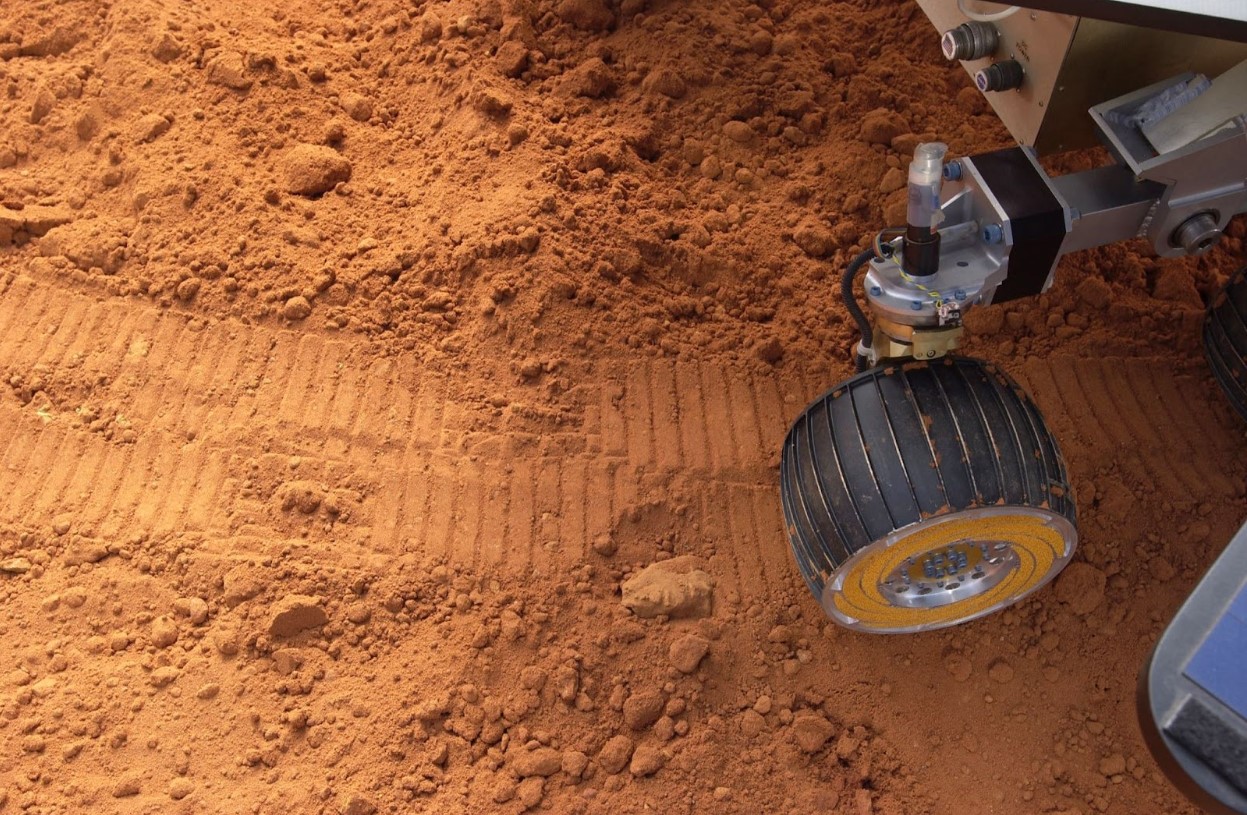
Source: Handout/Getty Images
There have been theories for decades that water once flowed on Mars. The information that scientists have discovered over time helps to back up this theory.
Water Dried Up Billions of Years Ago
Unfortunately, the water most likely dried up on Mars more than a billion years ago, after it lost its atmosphere.
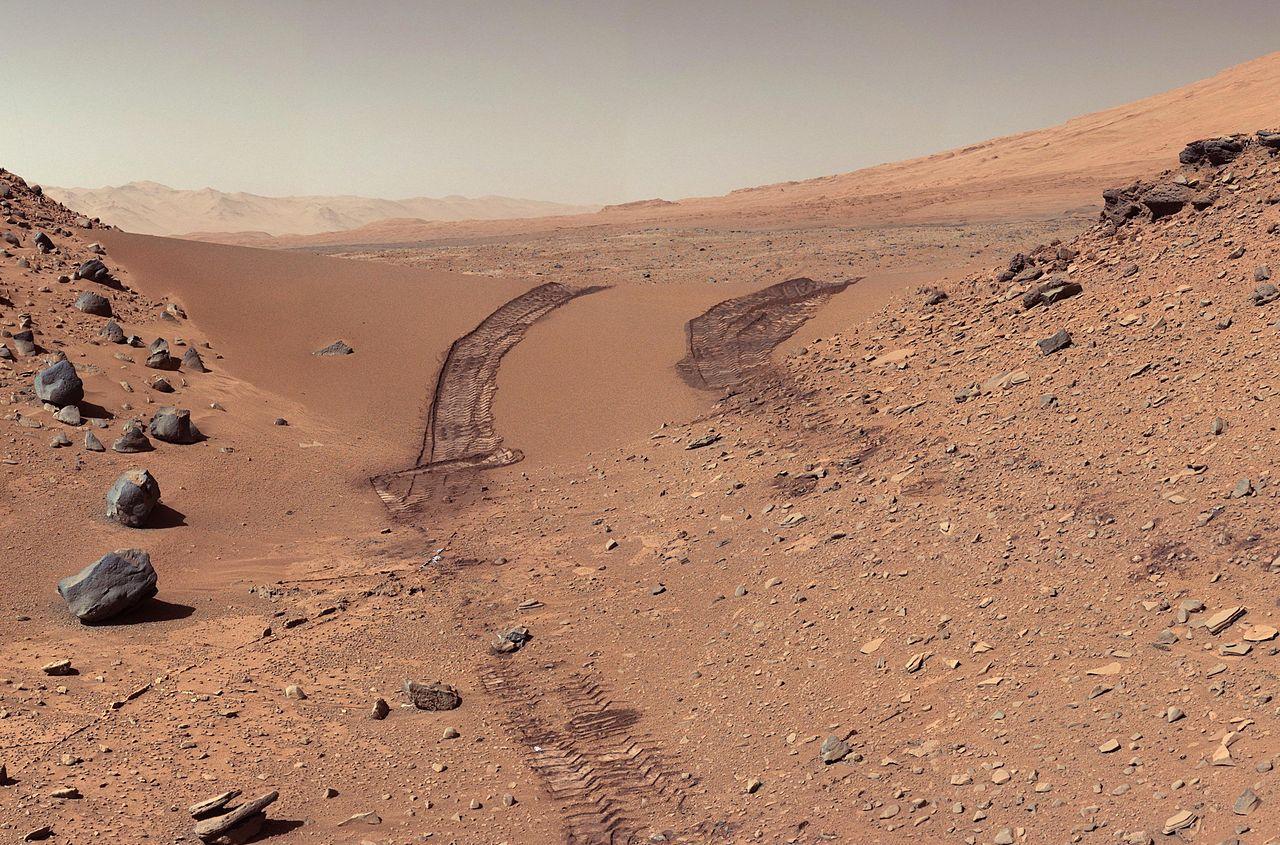
Source: Wikimedia
Over three billion years ago, the Red Giant most likely looked very different than the now abandoned and desolate environment.
Probes on Mars Help Uncover the Truth
Scientists and oceanographers have previously sent proves and landers to the planet to help find out what happened to all the water.
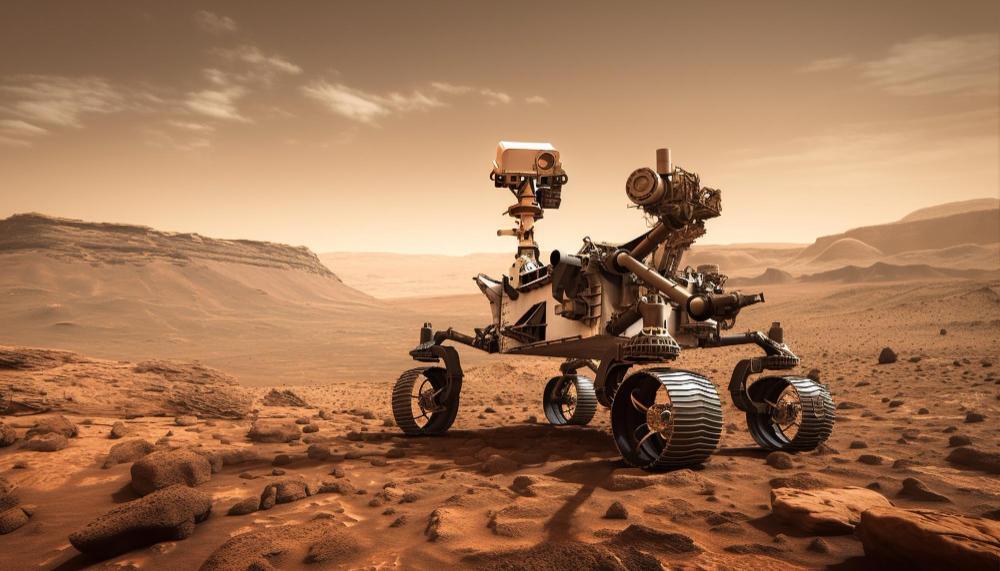
Source:
Researchers say that water frozen on Mars’ polar ice caps can’t account for everything. Instead, there is more information that needs to be discovered to find out exactly where all the water went.
Where Did the Water Go?
New research on the planet shows that the water didn’t just escape or evaporate into space but, instead, likely filtered down into the crust.

Source: Wikimedia
NASA sent the Insight lander to Mars in 2018 to help investigate the crust, mantle, core, and atmosphere. The mission ended in 2022, and the data is now finally being synthesized and published.
Other Theories
When Mars lost its magnetic field a few billion years ago, water likely evaporated into space.
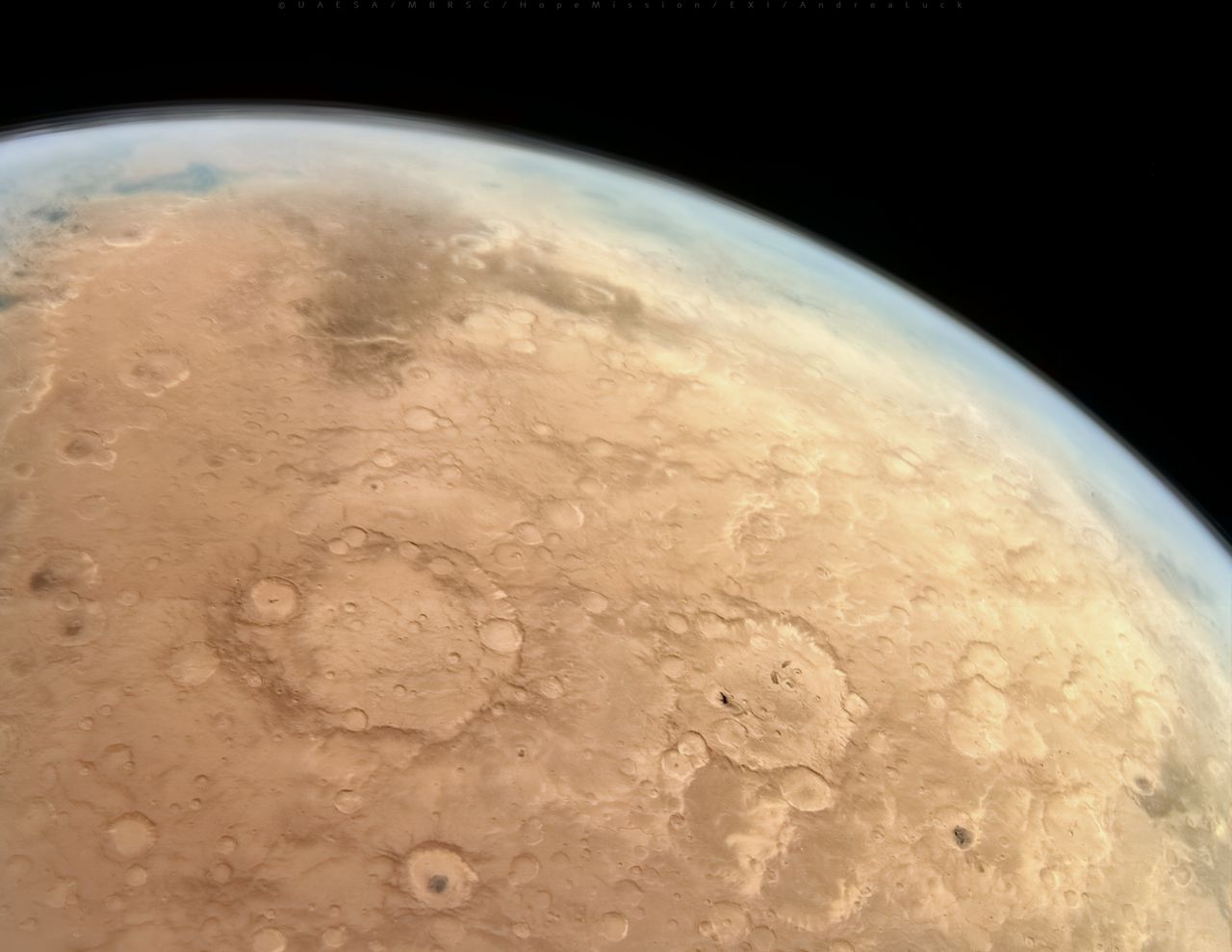
Source: Wikimedia
The solar wind stripped away most of the Mars atmosphere in just a few hundred years. The process allowed the planet’s surface to become baked by the sun and made solar wind more energetic.
